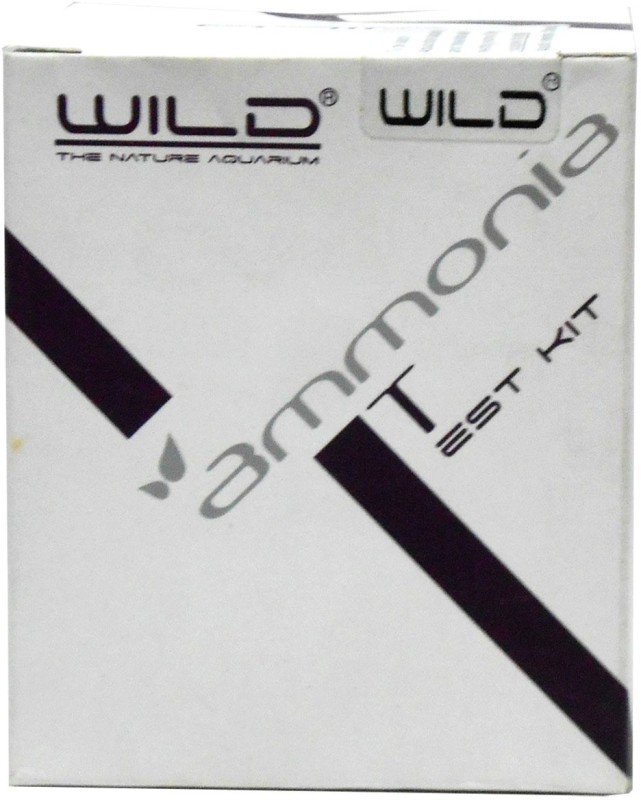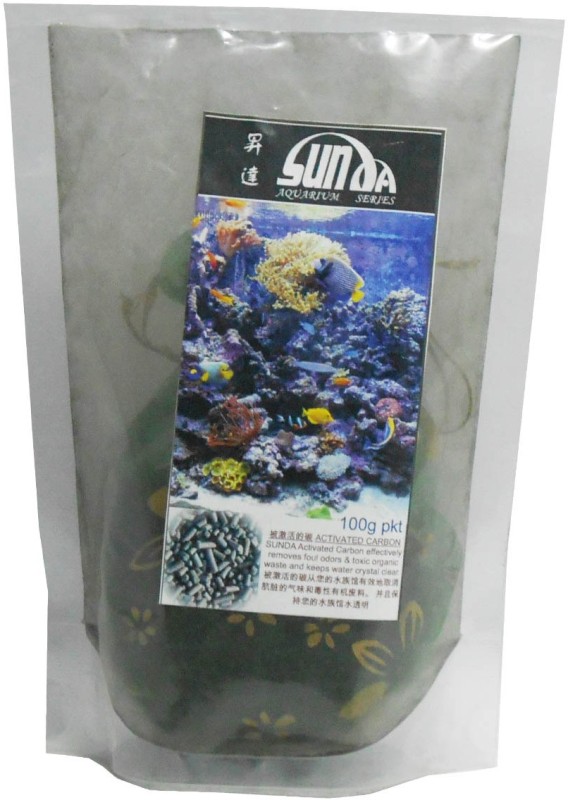Description
Indian almond leaves (IAL) have traditionally been used by Betta (Siamese Fighting Fish) breeders in South East Asia to mimic the natural Betta habitat. They are believed to aid the fish in a number of ways, such as helping fighting fish heal after a battle and inducing spawning in breeding tanks. Unfortunately, the affect of Indian almond leaves on aquarium fish has not been scientifically studied yet so it is difficult to separate the truth from the myth. I can only speak from personal experience and my own good track record using Indian almond leaves, and base my conclusions on reports gathered from other fish keepers.Why do aquarists use Indian almond leaves?Is it true that Indian almond leaves prevent and cure diseases in aquariums? Indian almond leaves are rich in compounds produces by the tree to protect itself against bacteria, fungi and similar organisms. Because of this, it has been speculated that adding Indian almond leaves to an aquarium will decrease the risk of disease in the tank or even help fish. As far as I know, no one has yet carried out any scientific study to verify this claim. Compounds found in Indian almond leaves have however been researched for their potential health benefits for the human body. Quercetin, a type of flavonoid found in Indian almond leaves, is for instance considered anti-inflammatory and has antioxidant properties1 , while several other flavonoids present in these leaves such as kaempferol decrease the risk of developing certain types of cancer.[2 ][3 ]When do aquarists use Indian almond leaves?What fish will like Indian almond leaves and what wont? Indian almond leaves are ideal for fish that hails from environments where the water is rich in leaf debris. A few examples of such fishes are bettas and other gouramis, blackwater tetras, discus, rasboras and many dwarf cichlids. You need to research your particular species to see if it hails from this type of water.Indian almond leaves are not recommended for fish that like hard and alkaline water, such as African cichlids from the Great Rift Valley lakes.Examples of situations when Indian almond leaves are commonly usedSome aquarists use Indian leaves all the time, while others use them only for special purposes, i.e. when the feel that their fish needs some extra pampering. It is especially common to use IALWhen setting up a new aquariumWhen a new fish is introduced to an aquariumTo induce breeding, especially in BettasWhen setting up and maintaining a fry aquariumWhen a fish is sick, especially if the sickness affects the skinIn the plastic transport bag when a fish is moved to a new homeWhen keeping delicate fish species that are considered difficult to keep and breed in captivity How do aquarists use Indian almond leaves?PreparationsKeep your Indian almond leaves in a dry place at room temperature until you wish to use them. Dry leaves can be stored for at least 6 months in a suitable environment (preferably a container that is airtight, watertight and prevents light from entering). If the tree may have been sprayed with pesticides or grows in a big city with lots of pollution, rinse the Indian almond leaves well in tap water before placing it in your tank.Do not use Indian almond leaves that are mouldy.Remove active carbon, purigen and similar from the aquarium before adding your Indian almond leaves.If youre in a hurry, you can cut the leaves into smaller pieces since this will make them leach their content into the water more rapidly. DosageDosages below are based on 15-25 cm (6-10 in) leaves. If your leaf is smaller or bigger, you need to adjust the figures accordingly.Using 2 leaves per 50 L (13 us gallons) of water is a good rule of thumb, but be prepared to adjust the dosage to suit your particular fish. Some Betta keepers routinely use up to 2 leaves per 15 L (4 us gallons) of water in their everyday tanks.Betta breeders normally use 1 leaf per 20 L (5 us gallons) of water in breeding tanks.In fry rearing tanks, use 1 leaf per 40 L (10 us gallons) of water.For how long?Unless you anchor the leaves using a rock or similar, they will normally float for 2-3 days before sinking. Sinking is natural and it doesnt mean that your have to change the leaves.The leaves will normally disintegrate after a month or two, depending on how actively your fish tries to destroy them. Aquarists that dislike the sight of torn leaves normally replace the leaves every 2-3 week, but this is purely for aesthetical reasons. There is usually no need to change the leaves more often than every second month.Indian almond leaves in fry tanksIndian almond leaf for hospital tankTraditional conditioning for Siamese Fighting fish





Reviews
There are no reviews yet.